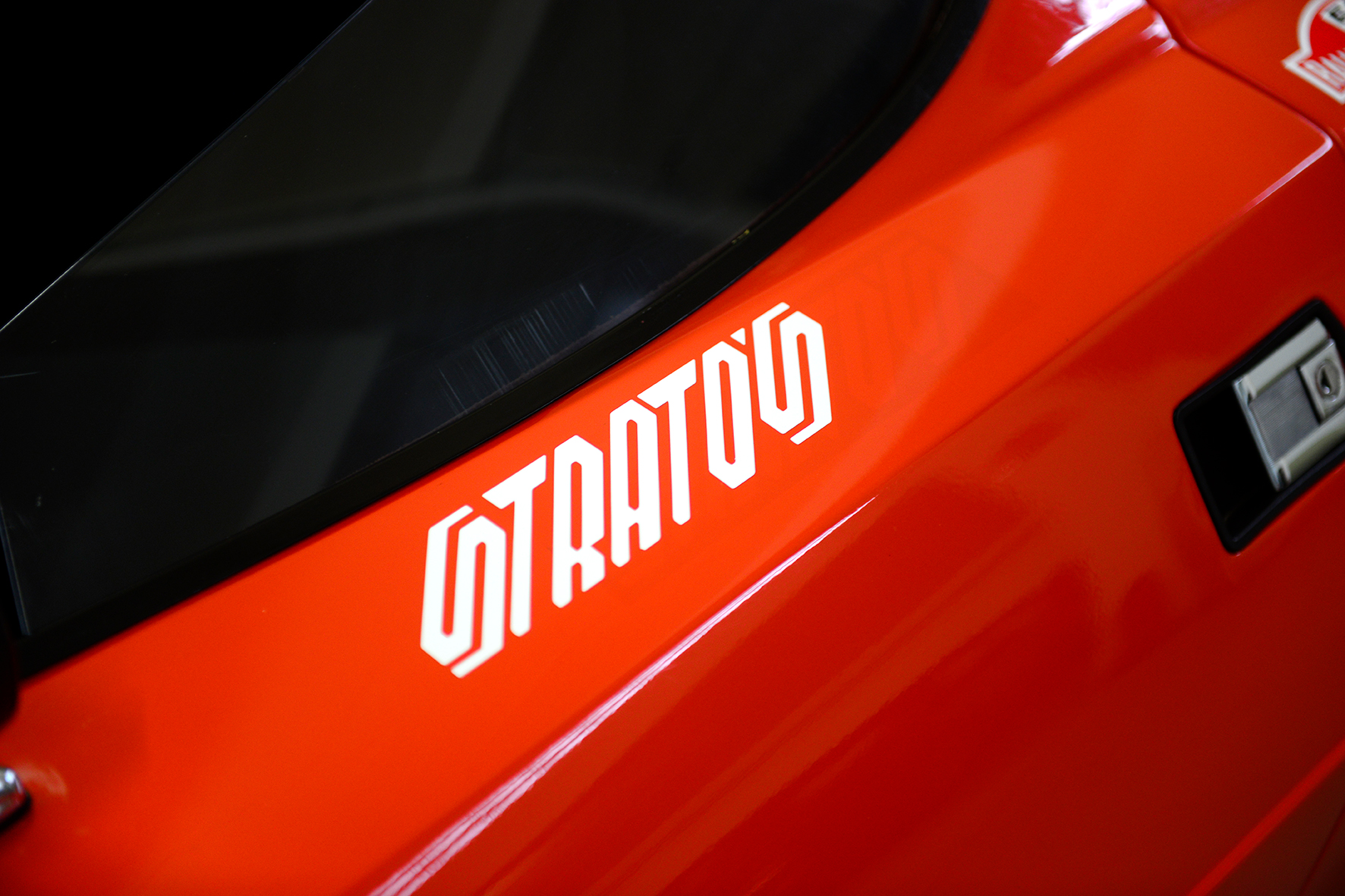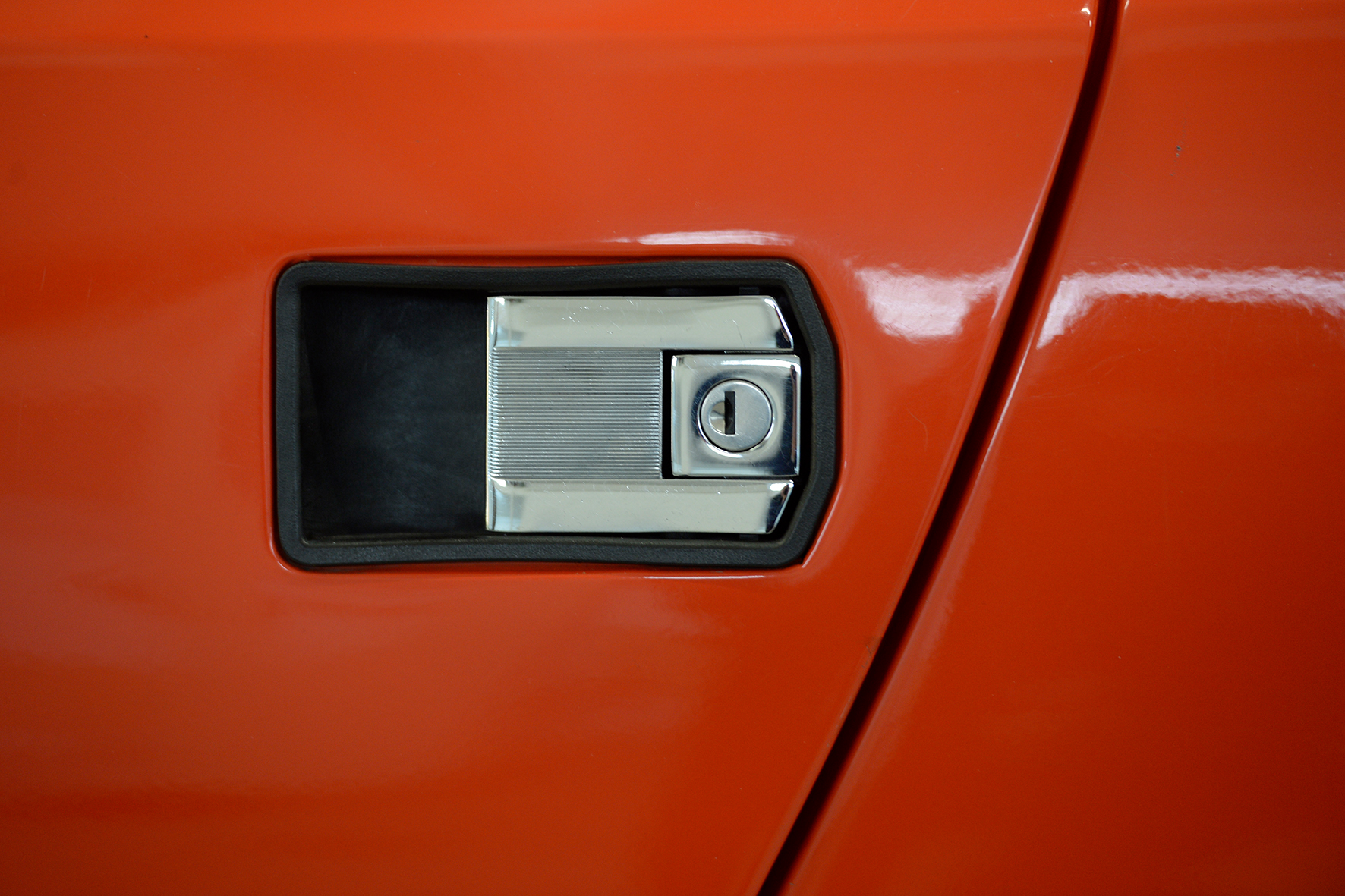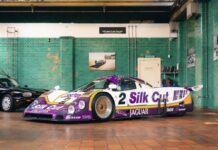This is the ultimate wedge-shaped car, with sharp lines, a short wheelbase and an uncompromising design – for me the Lancia Stratos HF is the masterpiece of the Carrozzeria Bertone. Skeched by Macello Gandini for Bertone the car is pure, brutal and radical. Born to race but not primarily on a street race track – the groundbreaking construction were build to dominate the Rallye World Championship races with Group 4 regulations.

Even there was some success on street tracks like the victory at the Targa Florio in 1974 and five time winning the Tour de France Automobile and three times victory of the Giro d’Italia Automobilistico, the titles that count were the three consecutive winning of the World Rallye Championship for constructor’s in 1974, 75 and 76.
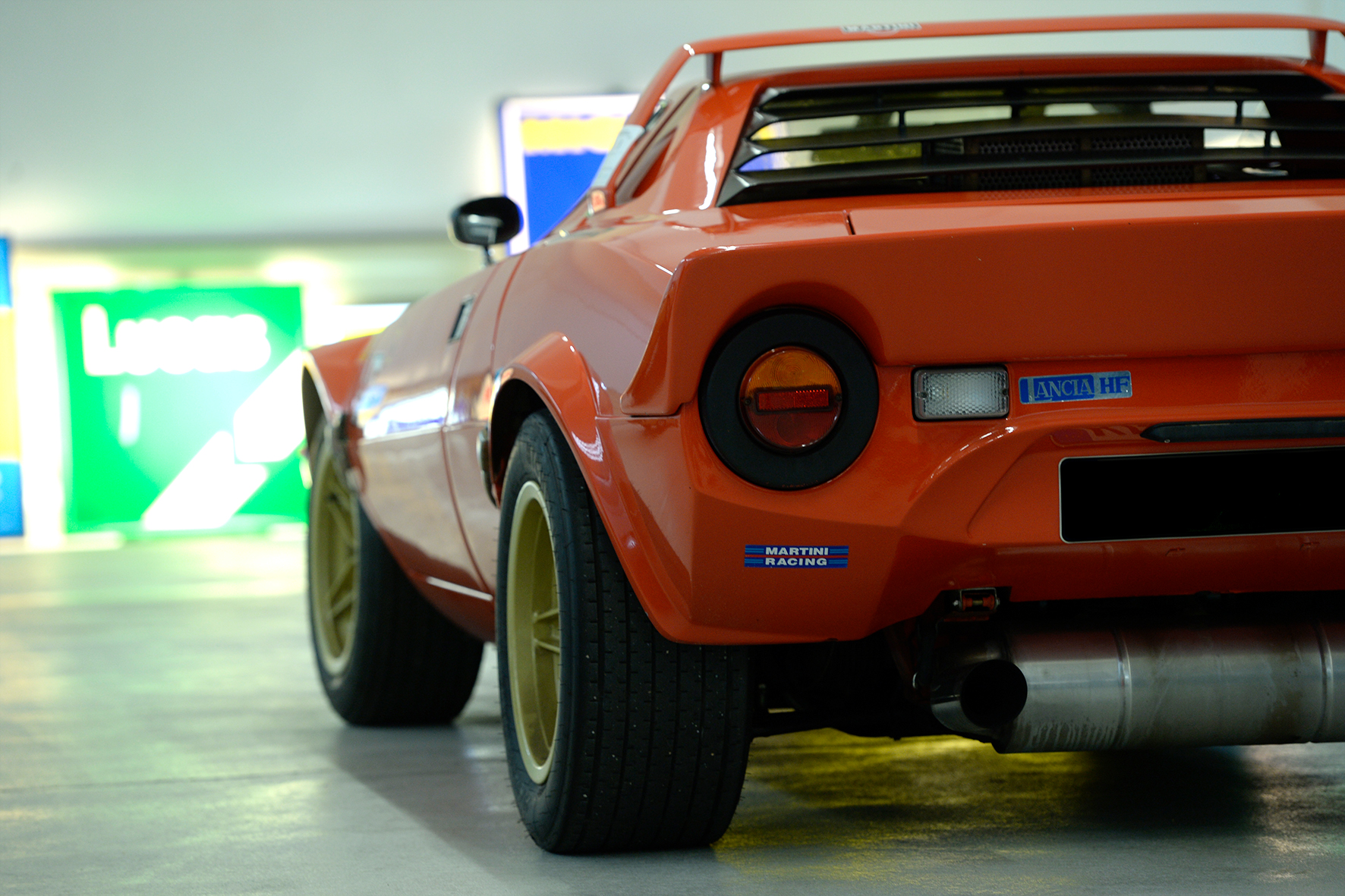
Of course, if there would be a drivers title in these years Sandro Munari or Björn Waldegaard would have won this too.

Cesare Fiorio, the racing director at Lancia, needed a successor for the Lancia Fulvia which was a bit out of time. The legend says that he saw the Lancia Stratos Zero, a design-study of Bertone, which was presented at the Auto Salon in Brussels in 1970 and from this moment he knew how the new Rallye car had to look.
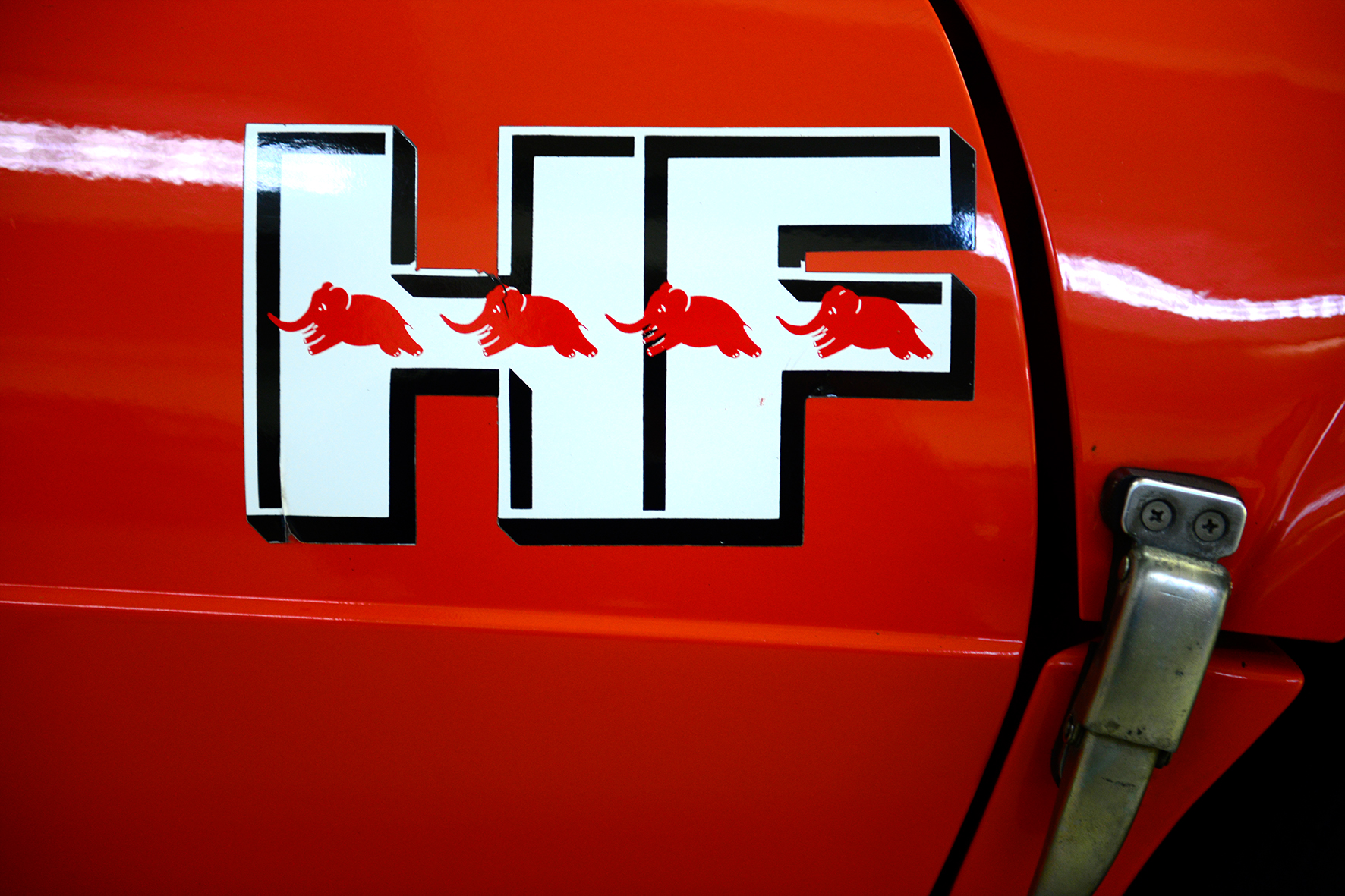
Cesare Fiorio was able to convince the Lancia director Pierre Ugo Gobatto to invest in this project. Gobatto himself has a Ferrari history and knew that there were a lot of engines available which were used in the Ferrari Dino 246 GT, so they could convince Enzo Ferrari that the Lancia Stratos was the right choice to use this reliable and powerful engine, because the production of the Dino was just running out.
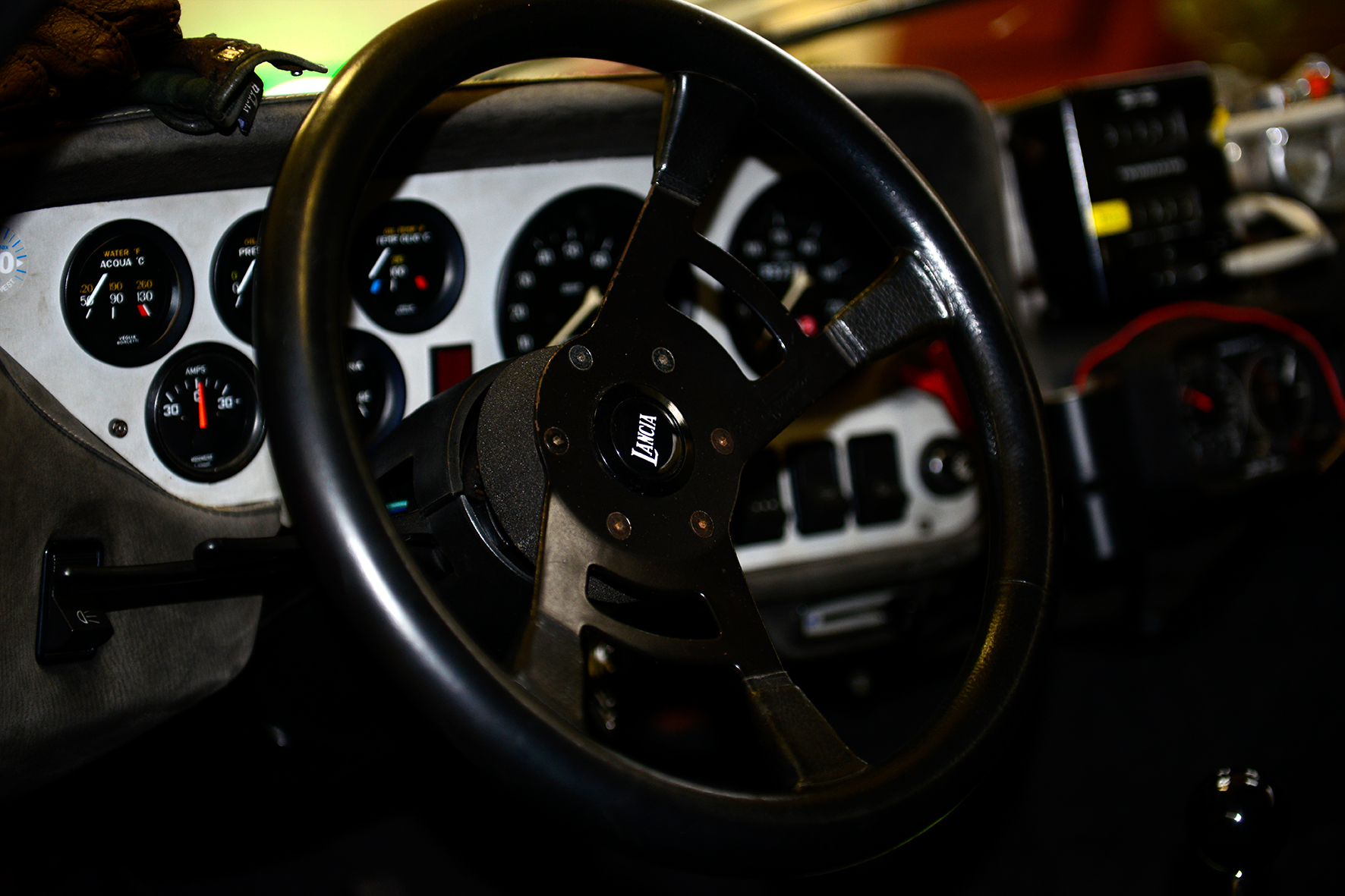
Finally in 1972 the definite version of the Stratos was presented at the Auto Salon in Turino. And in autumn of the same year the first race entries followed. Sandro Munari started at the Tour de Corse and the Costa del Sol Rallye but did not finish due to technical failures. But in April 1973 the first victory could be celebrated at the Firestone Rallye Spain.

From this time on the Lancia Stratos was the car to beat, but it was nearly unbeatable. Three times in a row the Rallye Monte Carlo, the most prestigious event of the World Rallye Championship, could be won. In the first years the Lancia had the red and white color of their sponsor Marlboro but than the Italian airline Alitalia took over the main sponsorship and the Lancia’s appeared in the white, green and red colors, one of the most iconic livery in motor racing, even until today.

In 1974 the Lancia Stratos HF finally got his official homologation through the FIA, originally 500 identical cars were built, but the FIA reduced the number to „only“ 400. Bertone said he build 502 cars, Lancia said there were only 492 cars build, but maybe there are less than 492 existing. How many have survived until today is not quite clear. The price to buy a Lancia Stratos today in good condition can range from 250.000 – 500.000 €, of course depending on history and originality.

After replacing the Lancia Stratos through the Fiat 131 Abarth, the Stratos got a second life in the hands of talented private teams and drivers with a lot of victories until the beginning of the 1980’s. Bernard Darniche won the Rallye Monte Carlo in a blue painted Lancia Stratos HF.

The Lancia Stratos is very photogenic, the lines, the proportions – everything is perfectly designed.

Especially the wedge shape and the very short wheelbase are matchless – this car is a real Italian design icon. Enjoy the pictures. Find out more about our photographer Ralph Lüker.
STRATOS HF: TECHNICAL SPECIFICATION
MODEL Stratos HF
TYPE 2-seater Coupé
YEAR OF PRODUCTION 1973-1978
DESIGNER Marcello Gandini for Bertone S.p.A.
NUMBER OF BUILD CARS ca. 492 items
ENGINE transverse mid-mounted Ferrari-Fiat V1 – 65º / Tipo 236L
BORE AND STROKE 92,5 mm x 60 mm
CUBIC CAPACITY TOTAL 2419 cc
VALVE TRAIN DOHC, 2 Valve per cylinder
TRANSMISSION 5-speed + 1 reverse manual
HORSEPOWER 190 bhp at 7000 rpm
TORQUE 225 Nm at 4000 rpm
FUEL FEED 3 Weber carburetor 40 IDF / 28
LUBRICATION wet sump
CHASSIS steel space frame with integral roll cage
BODY WORK fiberglass
BRAKES discs all around
SUSPENSION FRONT independent, unequal double wishbones, hydraulic shock absorbers
SUSPENSION REAR live axle, hydraulic shock absorbers
LENGHT 3710 mm
WIDTH 1750 mm
HEIGHT 1110 mm
WHEELBASE 2180 mm
RIDE HEIGHT 130 mm
TRACK FRONT / REAR 1430 mm / 1460 mm
WEIGHT WITHOUT FUEL 980 kg
FUEL CAPACITY 80 liters
TYRES FRONT / REAR 205/70 VR14
ACCELERATION 0 – 100 6 sec.
MAXIMUM SPEED 230 km/h

